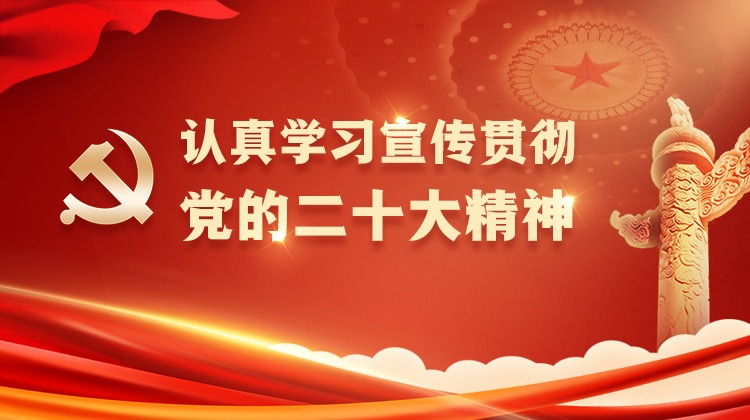BEIJING, Oct. 7 (Xinhua) -- All-solid-state lithium batteries, hailed as the "grail" of next-generation energy storage technology, have long faced a challenging problem: maintaining tight contact between the solid electrolyte and the lithium metal electrode.
Chinese scientists have developed a self-adaptive interphase in all-solid-state lithium batteries that maintains intimate contact between the lithium metal anode and solid electrolyte without external pressure, a breakthrough that decisively overcomes a major bottleneck toward commercialization.
The findings have been published in the journal Nature Sustainability.
Traditional methods require constant pressure from bulky external equipment, making the batteries too large and heavy for practical use.
The researchers from the Institute of Physics of the Chinese Academy of Sciences (CAS), Ningbo Institute of Materials Technology and Engineering of the CAS and Huazhong University of Science and Technology found that the contact between the lithium electrode and sulfide solid electrolyte in all-solid-state lithium batteries is not ideal, with numerous tiny pores and cracks present. These issues not only shorten battery lifespan but may also pose safety risks.
To address this challenge, the team of researchers introduced iodide ions into the sulfide solid electrolyte. During battery operation, these iodide ions move to the electrode interface under the electric field, forming an iodine-rich interface.
The interface can actively attract lithium ions, automatically filling all gaps and pores like self-healing, thereby maintaining tight contact between the electrode and electrolyte.
Prototype batteries prepared based on this technology have demonstrated stable and excellent performance even after hundreds of charge-discharge cycles under standard testing conditions, far exceeding the level of similar existing batteries.
The technology could enable future batteries with energy densities exceeding 500 Wh/kg, potentially extending the battery life of electronic devices by at least twofold, said Huang Xuejie from the Institute of Physics, one of the corresponding authors of the paper.
The breakthrough will accelerate the development of high-energy-density all-solid-state lithium batteries, which are expected to play significant roles in humanoid robots, electric aviation, electric vehicles and other fields, providing safer and more efficient energy solutions, Huang said.
This study fundamentally solves the key bottleneck problem that had hindered the commercialization of all-solid-state batteries, marking a decisive step toward their practical application, noted Wang Chunsheng, a solid-state battery expert at the University of Maryland.







 新华报业网
新华报业网














 Android版
Android版
 iPhone版
iPhone版




